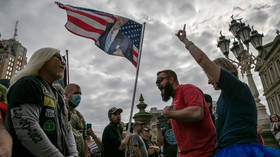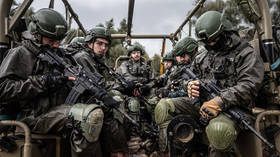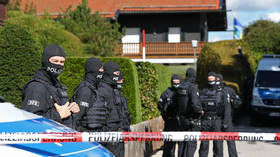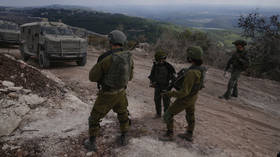Mamayev Kurgan – a memorial to the heroes of horrendous Battle of Stalingrad
The southern Russian city of Stalingrad, later renamed Volgograd, witnessed one of the bloodiest battles known to man, which marked a decisive turning point in WWII.
Some of the most intense fighting took place near the hill of the Mamayev Kurgan memorial.
Standing 85 meters high and weighing more that 8,000 tonnes, the imposing monument of Mother Russia calls out to her people.
It is more than just a statue; it marks the spot where some of the world’s worst atrocities of war took place.
“The Battle of Stalingrad lasted for 200 days and nights, and for nearly 140 days. People were fighting on this hill,” explains historian Larissa Zemlakova. “And because of the fighting, this place became the most important military objective in all of Russia.”
While the fighting was fierce, this very land gave way to great acts of heroism.
Some of Russia’s most famous heroes made their names here. One of them was a sniper Vassily Zaitsev, who killed 149 Germans.
“One October day, he was just a soldier and he spotted three Germans about 800 meters away from him,” explains historian Tatiana Prikazhikova. “He had just an ordinary rifle without any scope. It was a very clear day, and he shot one of them, then the second. Then the third came to help the first two and he was also killed. Soon the head of the division knew about his deeds and granted him a sniper rifle which he used until the end of the war.”
Due to its elevation and usefulness as a strategic vantage point, some of the most severe fighting in the battle for Stalingrad happened on Mamayev Hill, and because of this, this area became a symbol of the war and the final resting place for many of the thousands who died here.
Mamayev Kurgan is now the communal grave of more than 35,000 civilians who died in the Battle of Stalingrad. Immediately adjacent is another mass burial site for more than 15,000 soldiers who died defending this position.
It was just a small fraction of those who perished.
“We do not know the exact figures of how many died on this hill, but after the war, when they looked at the soil, in each square meter there were between 500 and 1,200 metal fragments embedded in the soil from the thousands of bombs and bullets dropped here,” says Larissa Zemlakova. “During the first spring of 1943, there was no grass on this hill because the grass couldn’t grow through the metal, but many, many people were lost on this hill.”
Today, the scene looks calm and reflective. More than 2 million visitors from all over the world come here to remember those who fought with formidable bravery over 65 years ago.












